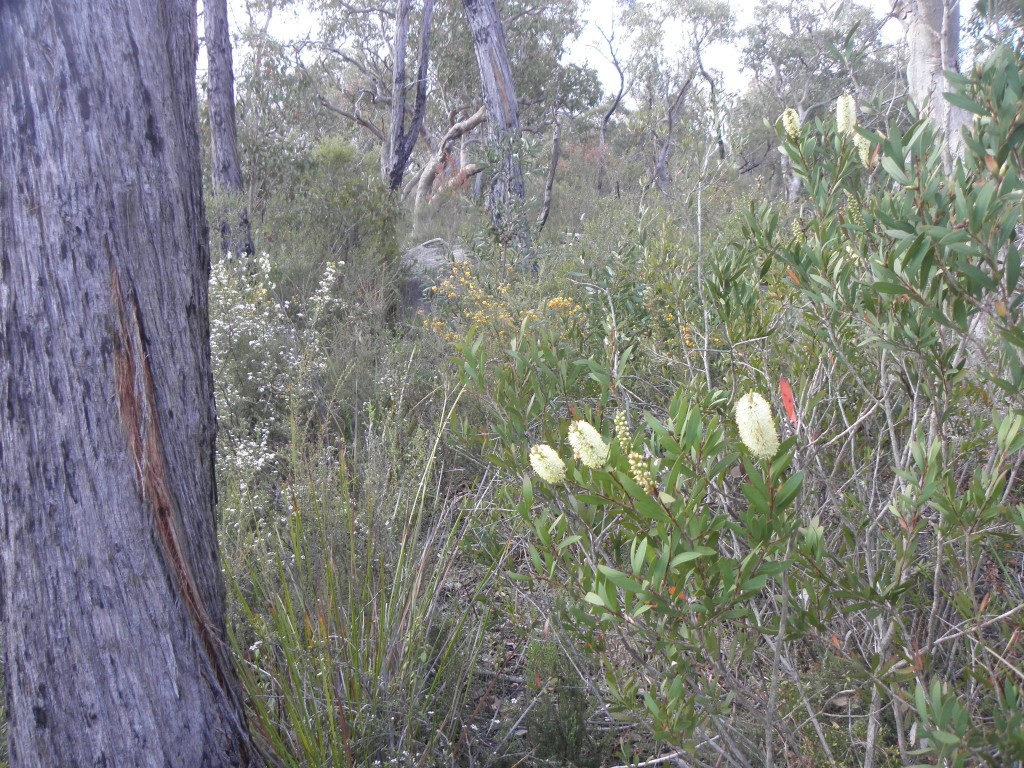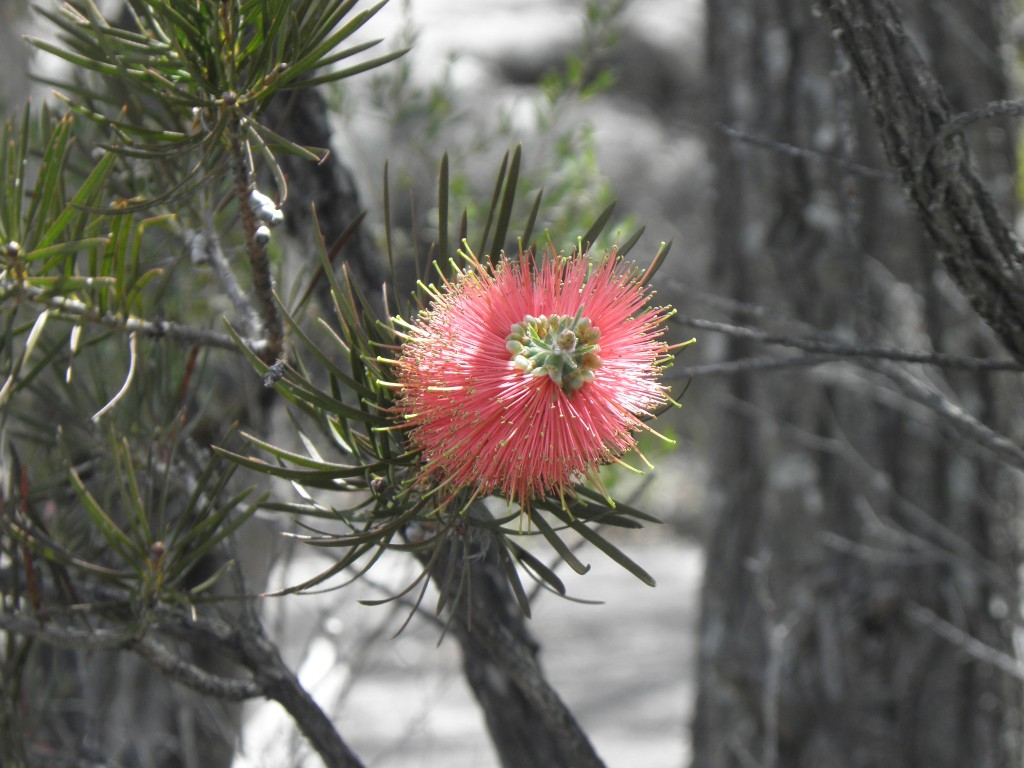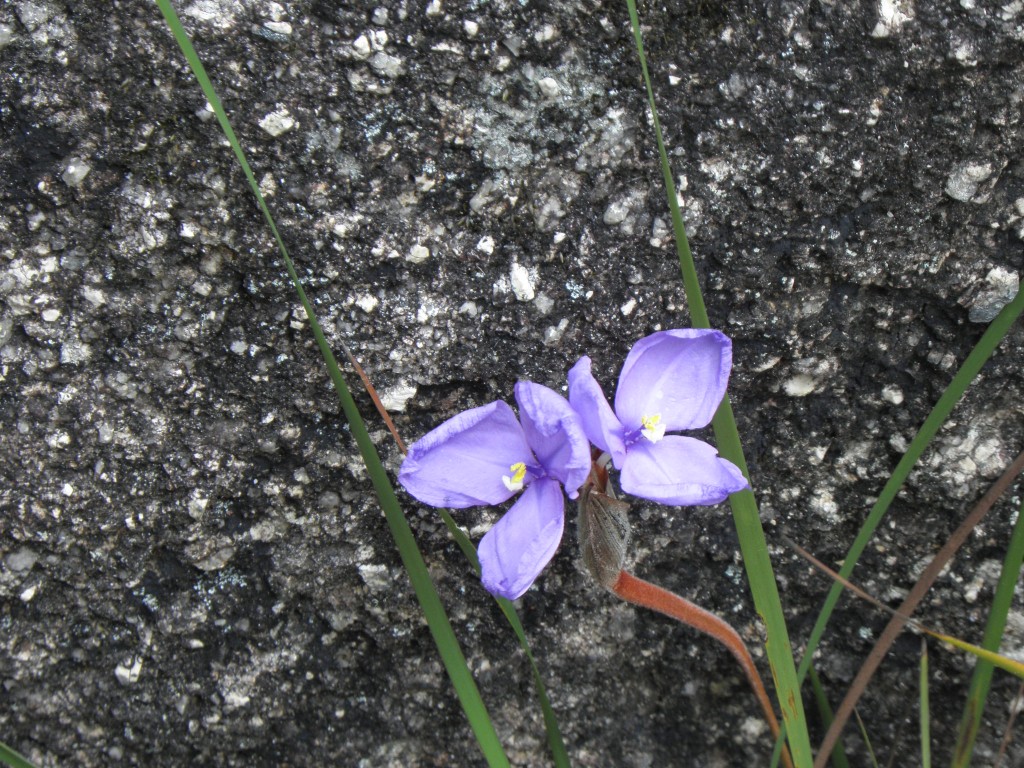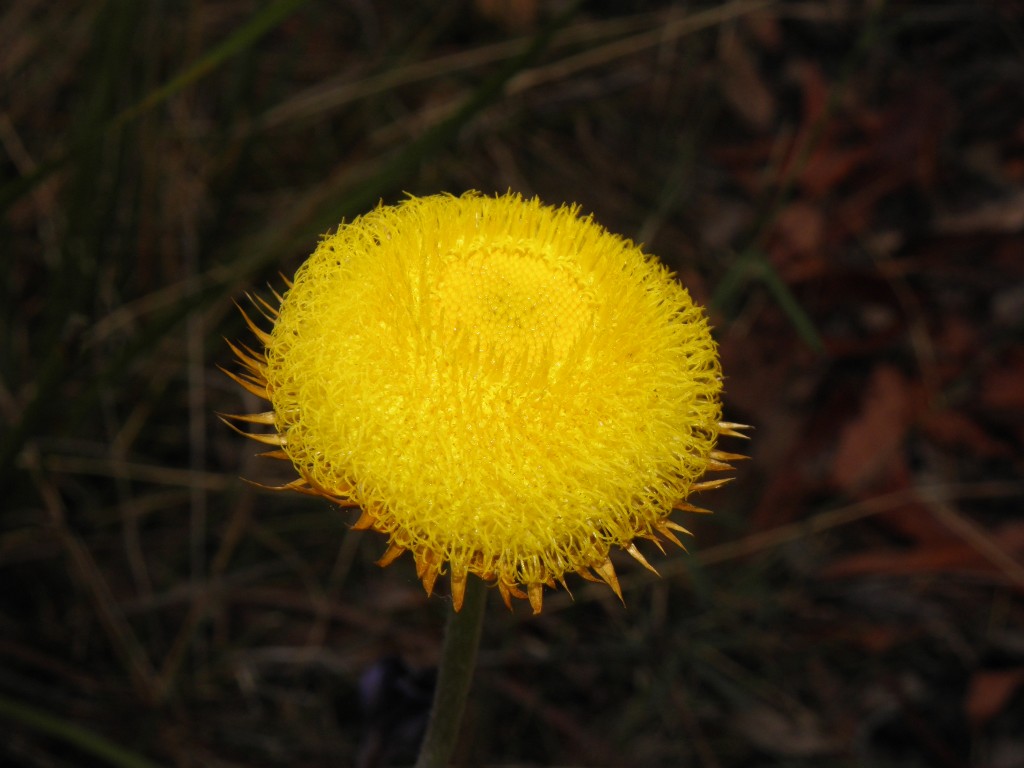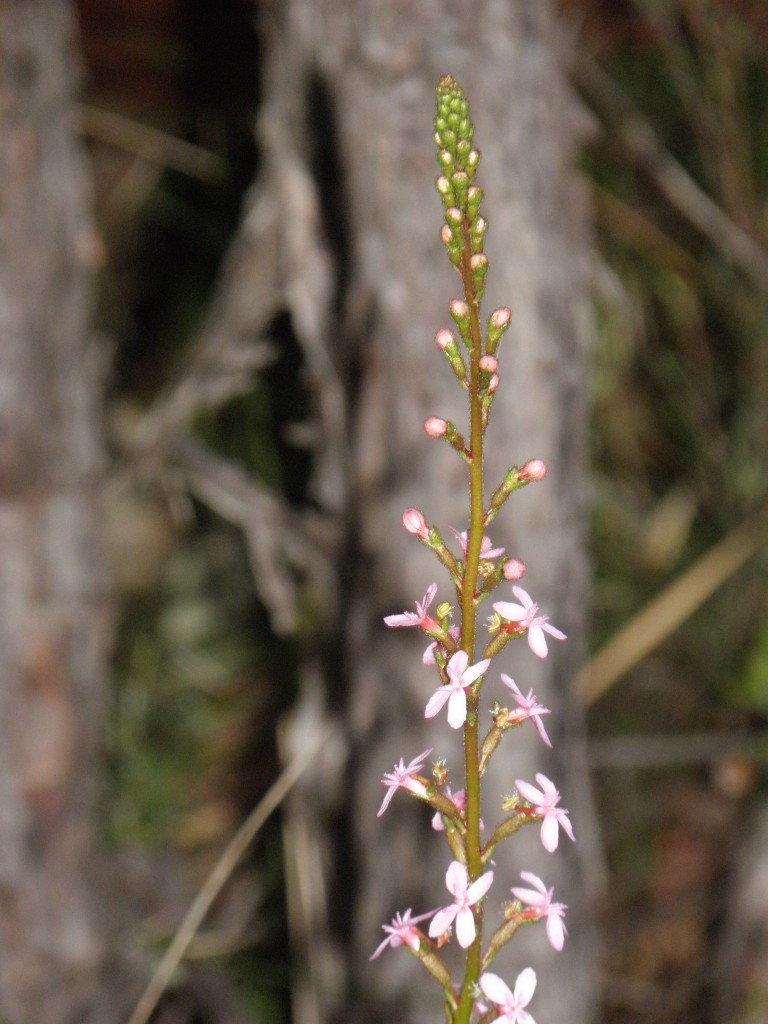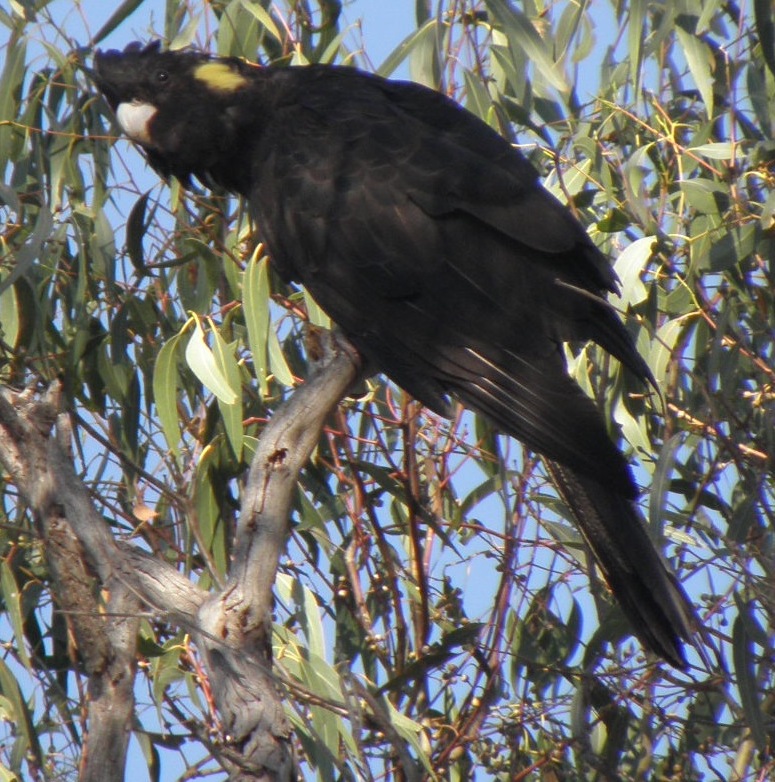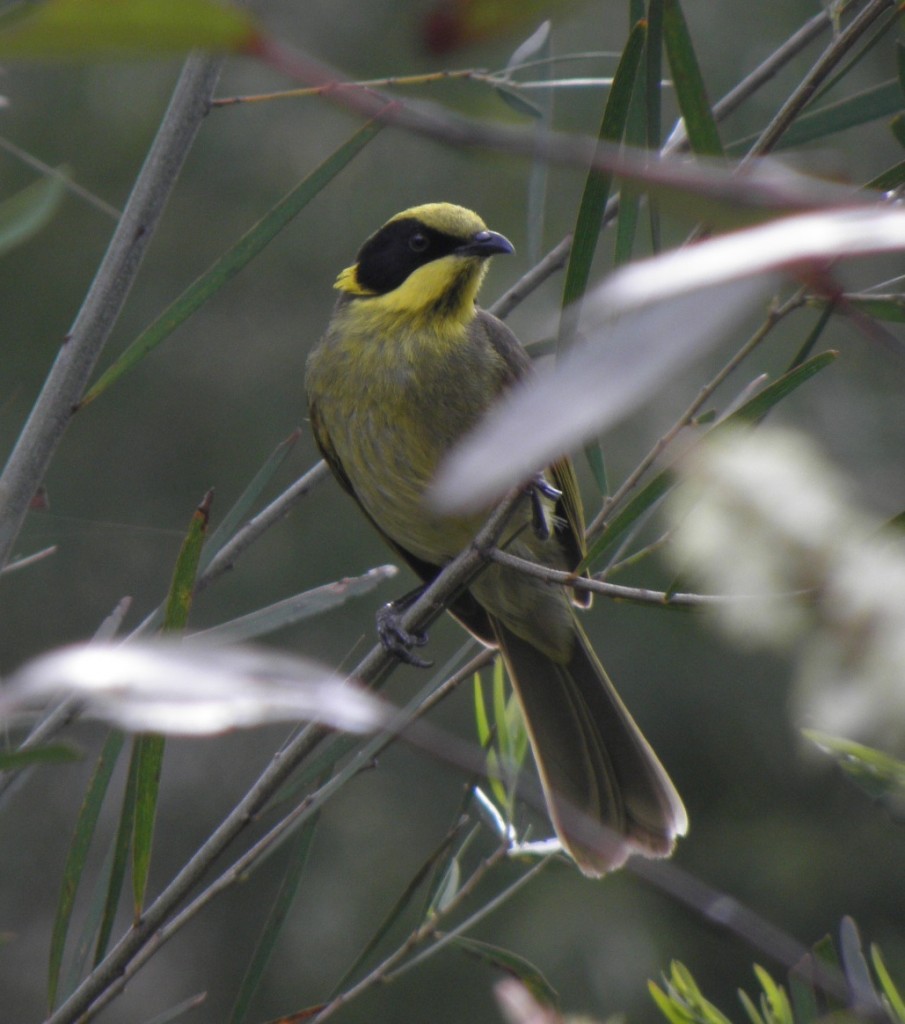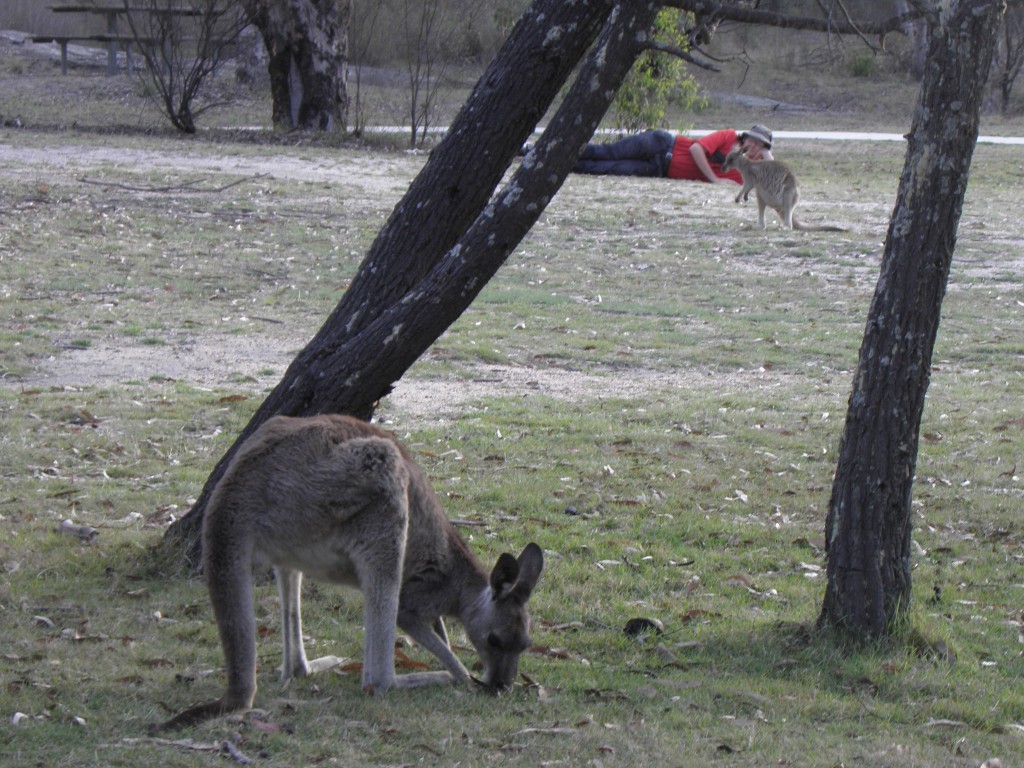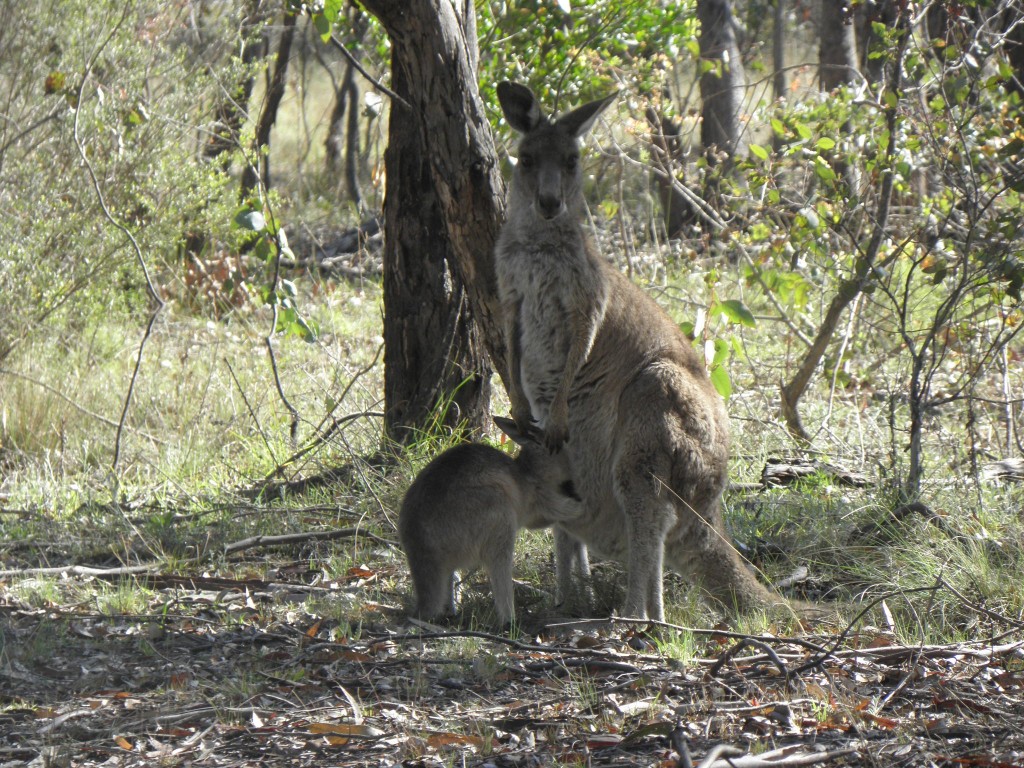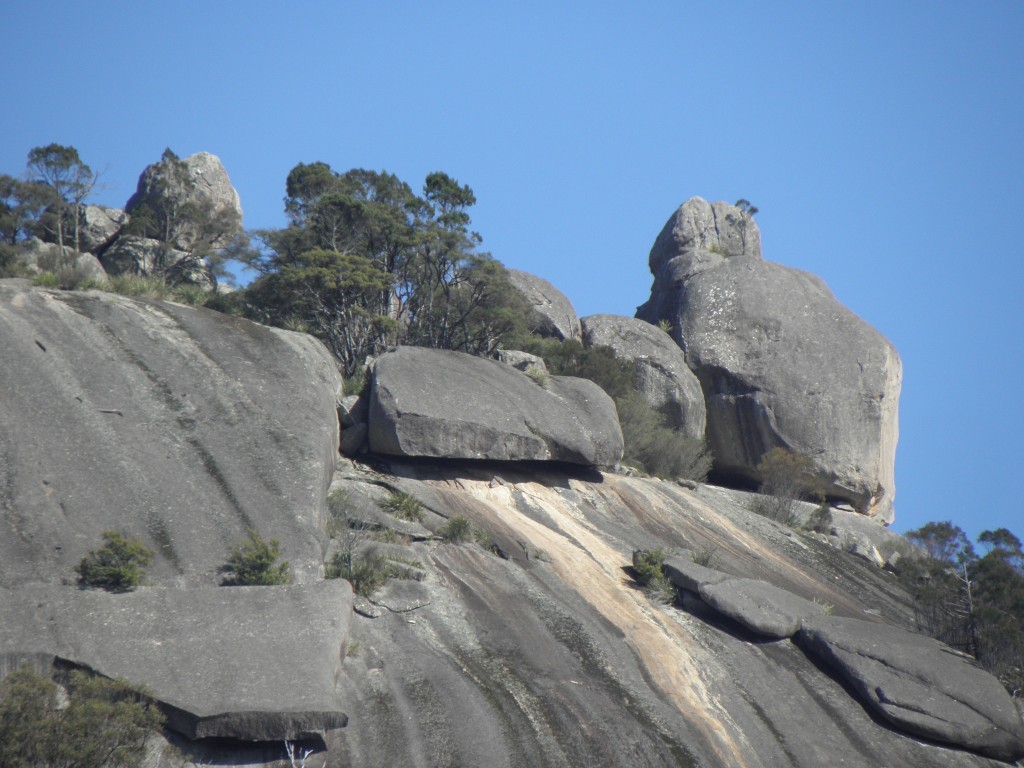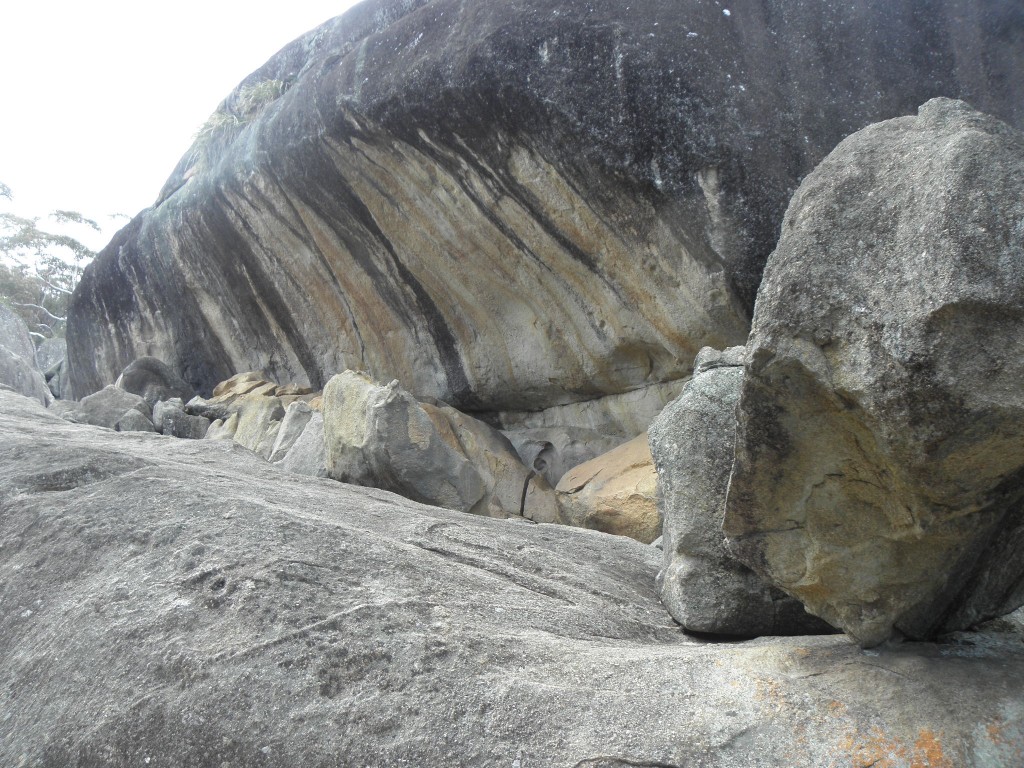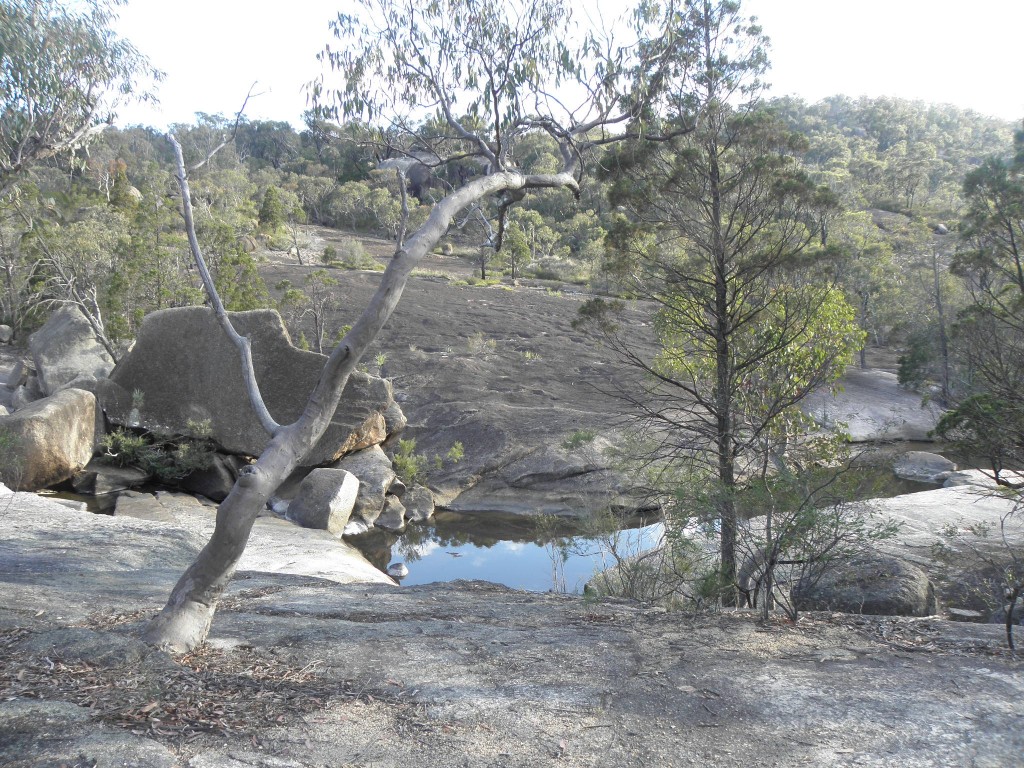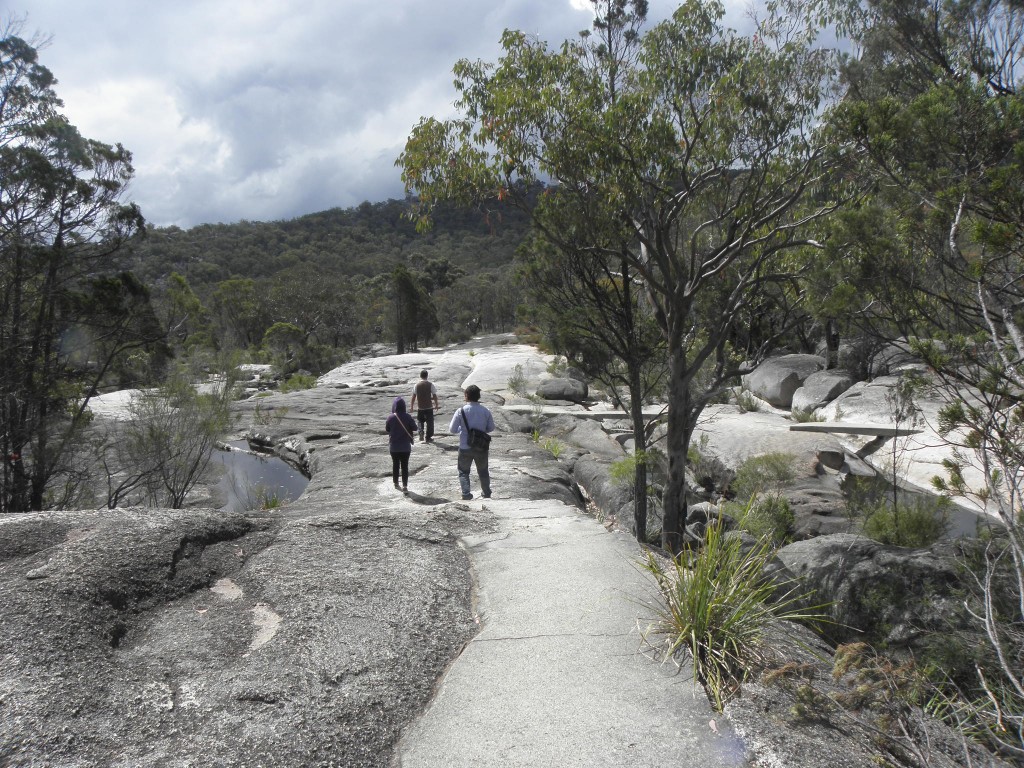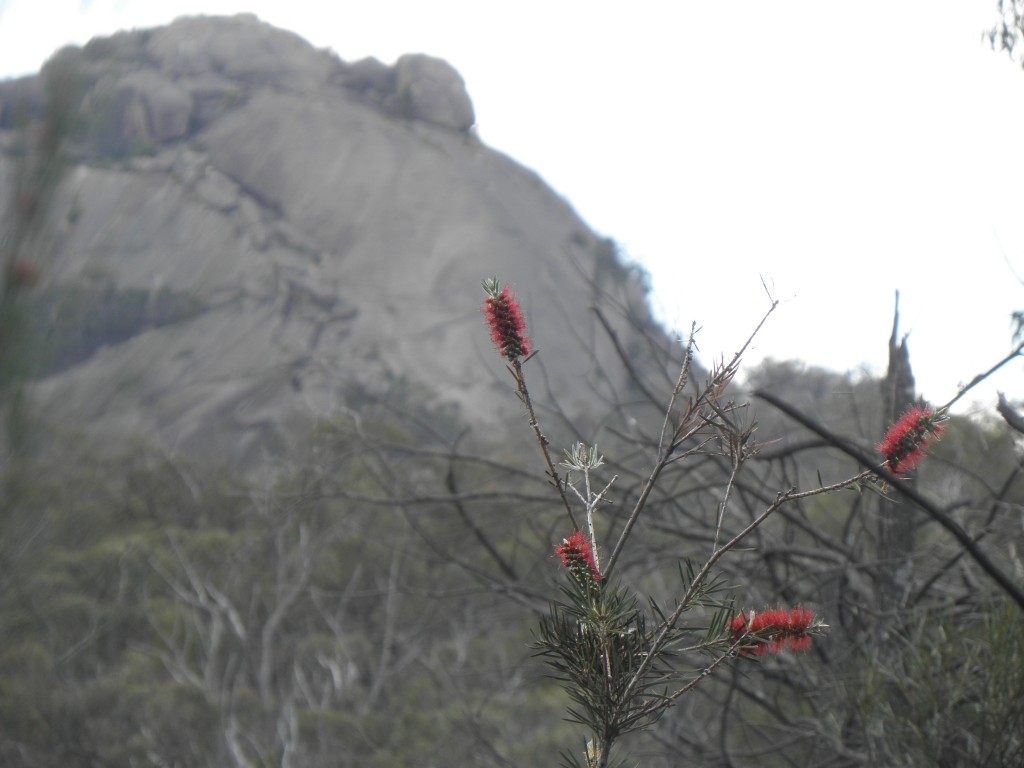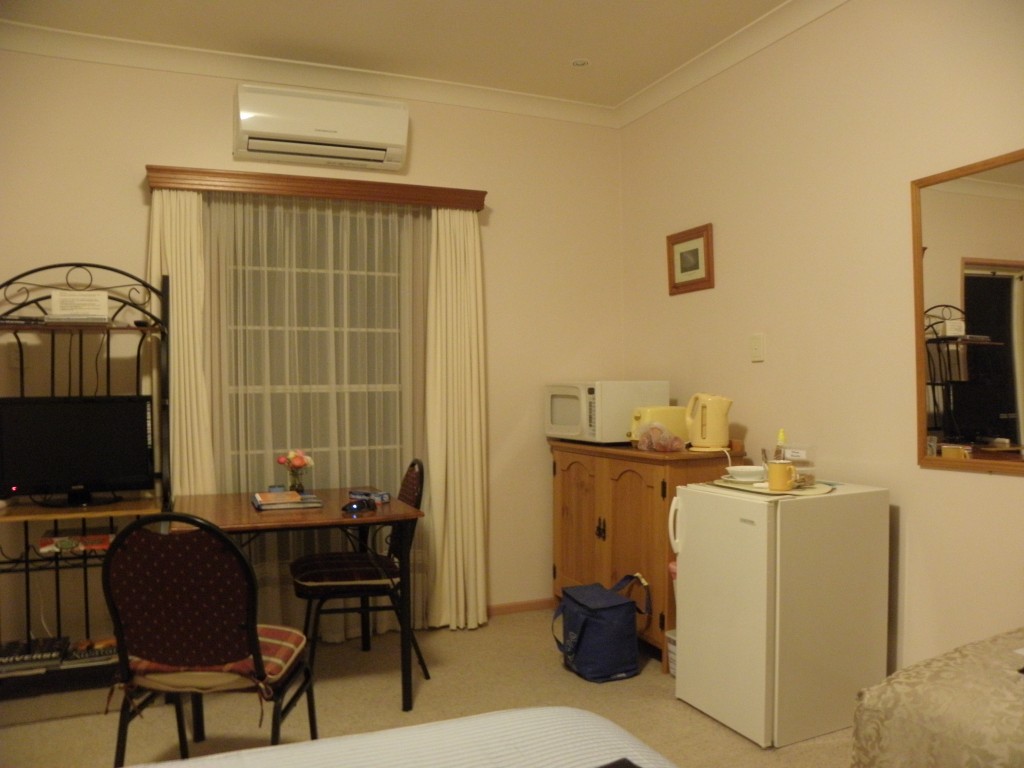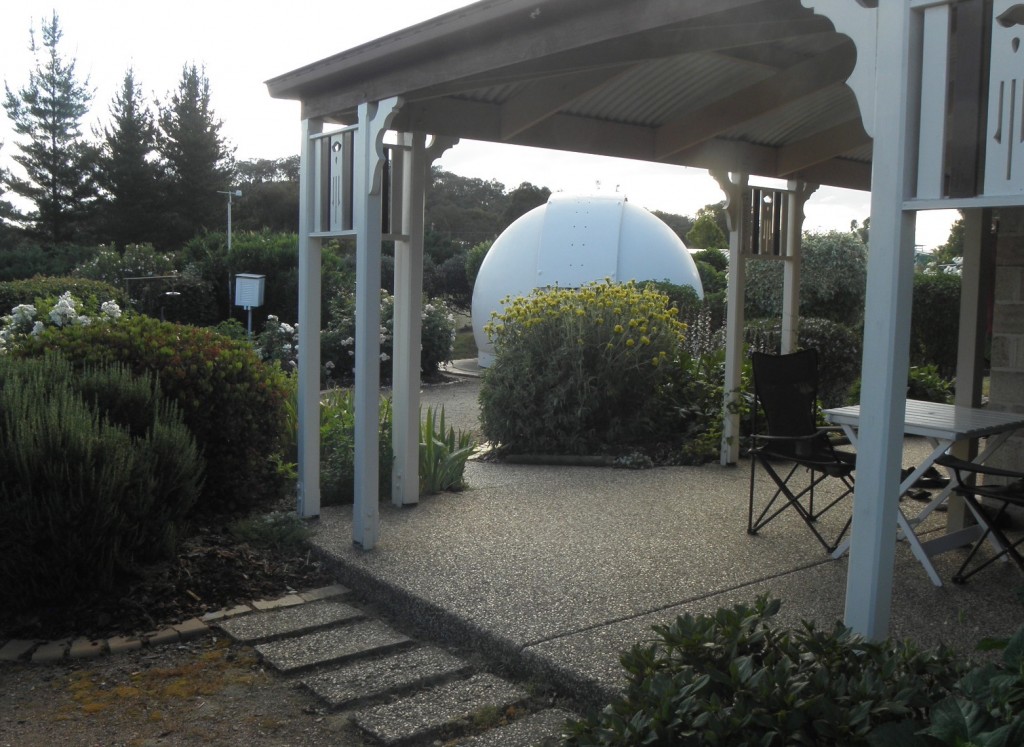We headed out west last month (October 2012) with two Americans (one an avid life-lister of bird spies) an amateur bird photographer from Hong Kong keen to see parrots and cockatoos, and two Aussies, one of whom had never been to the outback but dreamed of seeing large flocks of budgies, plus Darren and myself as guides. .

Lester the Bilby at Queen’s Park, Ipswich, held by ‘Bilby Brother’ Frank Manthey
The famous bilby fence of Currawinya National Park s still off-limits to visitors (and has tragically been damaged recently, allying feral cats and foxes in once more with devastating results), so we decided to call at the little council-run zoo in Queen’s Park, Ipswich to see bilbies and also the red-tailed back cockatoo (for our bird photographer).
While there we had the good fortune of meeting ‘Bilby Brother‘ Flank Manthey, a very effective campaigner for the protection of bilbies and for the funding and construction of the bilgy fence, and he introduced us to Lester.
He also asked if we could help put pressure on the fed era government to do more about controlling the feral animals that threaten our wildlife, whichI intend doing in my capacity as chair of Wildlife Tourism Australia. The fact that so many bilbies were killed so soon after the damage to the fence points alarmingly to the danger any wildlife outside the fence is in constantly, and on all our trips out west we see far more ferals than small native animals (although we always see lots of kangaroos)
We hadn’t traveled too far west hewn we saw our first reptile – a shingleback lizard, one of our largest skinks.


Coolibah tree (as in ‘Waltzing Matilda’) near Eulo
We spent our first night in Eulo, and visited a neighbouring lagoon, where we saw a coolish tree (an outback Eucalyptus species made famous by the song ‘Waltzing Matilda’. Everey Australian has sung (or at least heard many times) about the jolly swagman camping iunder its shade, but I wonder how many have actually seen one.
At the lagoon we saw yellow-billed spoonbills, pelicans, dotter ells and other waterbirds, and also saw woodswallows, rainbow bee-etares, crested bellbird, brown treecreeper, whistling kite and other land birds.
Very early next morning we headed to the waterhole about 16kn from Eulo, well-known for sighting of Bourke’s parrot and Hall’s babbler, neither of which we saw that morning. We did however see Major Mitchell cockatoos, parrots honeyeaters, finches and other birds coming to drink, and further back saw kangaroos and red-capped robins.

Outback water-hole near Eulo: good for quiet, patient birdwacthing at dawn
In Eulo itself we saw apostle-birds, grey-crowned babblers, spotted bowerbird and various other species

Apostlebird in Eulo, outback Queensland

Grey-crowned babblers (pictured here) , spotted bowerbirds and others were congregated around the sprinkler on a hot day in Eulo
A surprise was a bird that looked like one of those very common noisy miners until I took a better look and found it was a yellow-throated miner, which we were then to see quite a lot of over the next few days

Yellow-throated miner in Eulo, outback Queensland
One of the Aussies decided to indulge in a mud bath at the Eulo Date Farm, and I bought a couple of bottles of their delicious date liqueur for Christmas. Unfortunately they won;t be making this or their wines any more, but the mud baths will continue.
We were to have moved on to Kilcowera, a vast cattle station now run as an ecotourism destination, with plenty of birds and other wildlife, as well as continuing as a working cattle station, but we received a phone call to say there were severe bush fires raging nearby and it would be safer not to come.
So we changed plans and headed into Currawinya National Park a day early, first arranging to spend three nights at Bowra instead of two.
Now I really felt as though this is the outback – travelling over red-sand roads

Looking back as our trailer is towed over the red dusty road (don’t ever expect to visit the true outback and not get a bit dusty!)
We weren’t far into Currawinya National Park when we saw Major Mitchell cockatoos feeding on Callitris fruits (native ‘cypress’), giving our photographer from Hong Kong a chance to take several photos …

Major Mitchell cockatoos, Cuarrawinya National Park
… also plenty of sand monitors (sand goannas)

Sand monitor in Currawinya National Park
… a couple of inquisitive emus wandered over for a closer look at our vehicle, …

Emus coming for a closer look at our tour vehicle in Currawinya National Park
… and we saw many red kangaroos over the next few days

Another sign that we’re really in the outback – a red kangaroo in Currawinya National Park
The lakes were a little disappointing – the same wind that was fanning the fires at Kilcowera was whipping up the water on the lake, so we didn’t see as many waterbirds as hoped, although we still some a few at various waterholes.
The signs informing us about bilbies and the bilgy fence are unfortunately showing signs of bleaching in the sun

We hope these signs can be replaced – they’re packed with interesting information about bilbies in Currawinya National Park, when you can actually read them!
And most importantly, we hope the bilby fence itself can be fully mended soon! Also that the ferals can be controlled – we saw lots of goats and quite a few pigs while there

There are far too many feral mammals in Currawinya National Park – goats, pigs, sheep, rabbits, foes, cats …
After a night of camping by the Paroo River we headed on to Bowra, a former cattle station long known as a birding hotspot and now owned by the Australian Wildlife Conservancy
You can see a lot of bits here just by getting out of bed and sitting near the waterhole (not too near – you don’t want to make yourself too conspicuous to the shier birds). Wandering down the tracks from the accommodation or driving to one of the other waterholes in the early morning or late afternoon is also good. Here is some of what we saw …

Darren photographing birds at the waterhole next to the accommodation

Budgerigars and finches arriving at the waterhole soon after dawn

The Major Mitchell cockatoos arrive at the waterhole

There were many dutiful emu Dads around, including this one bringing his chicks to the waterhole

Rainbow bee-eaters abounded here

Red-eumped parrots: male and female

White-browed woodswallow

White-breasted woodswallow

White-winged triller

Brown tree-creeper, which I was surprised to see foraging at times on the ground (I’ve never seen the white-throated one do this)

It was great to see the chestnut-crowned babblers here, as well as grey-crowned, but it took some time to find their more elusive relatives

On the final morning we finally spotted a drop of Hall’s Babblers in the woodland behind the Sawpit waterhole

Also on the final morning we found crimson chats – they didn’t stick around long enough for a decent photo but at least we did glimpse these beautiful little birds

This track was left by a kangaroo using the ‘pentadactyl motion’ very common when moving slowly – hind legs, then tail and hands, hind legs again etc. (confusing things a little are some old tyre tracks)

This large fellow crossed the road in front of our vehicle and quickly disappeared into the long grass

This gecko, possibly a tree stella, seemed to appreciate the way our light attracted invertebrates to feast on

This emerald-spotted (or Peron’s) tree frog was one of three species of treefrog regularly inhabiting the toilet bock
Then goodbye to Bowra, goodbye to outback until next time (which won’t be until at least April next year – things are likely to be pretty hot out there before then, and at time of writing the bush fires are still raging at Kilcowera and surrounding district)

















